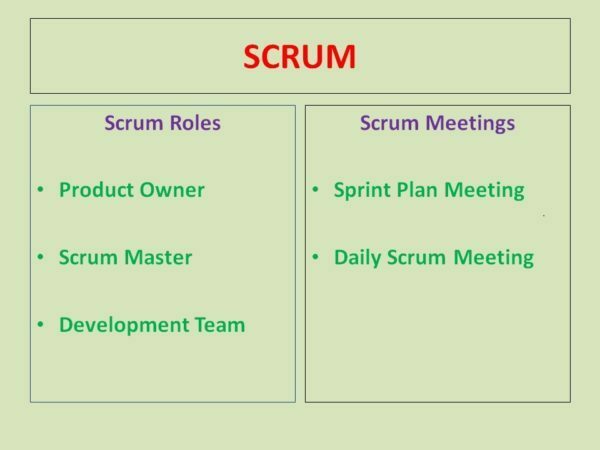Tag: User Story

Business Analysis in Digital Marketing: A Comprehensive Guide
—
by
in Business Analysis Techniques, Business Analyst Challenges, Business Analyst Daily Tasks, Business Analyst Elicitation Techniques, Business Analyst Interview Questions, Business Analyst Job Description, Business Analyst Roles and Responsibilities, Business Analyst Skills, Tools used By the Business AnalystBusiness Analysis in Digital Marketing: A Comprehensive Guide In today’s digital environment, businesses are increasingly turning to digital marketing to reach audiences, build brand awareness and drive sales. However, digital marketing requires a strong foundation of analysis and strategic planning to be fully effective. This is where business research comes into play in digital marketing.…

Agile Methodology in Software Development Life Cycle
Agile Methodology in Software Development Life Cycle Now a day’s most of the companies are looking for Agile methodology because it is light weight and faster delivery. We can say if we not mentioned Agile methodology in our resume we may not get calls from the interviewer also.Let us discuss what is Agile methodology and…

